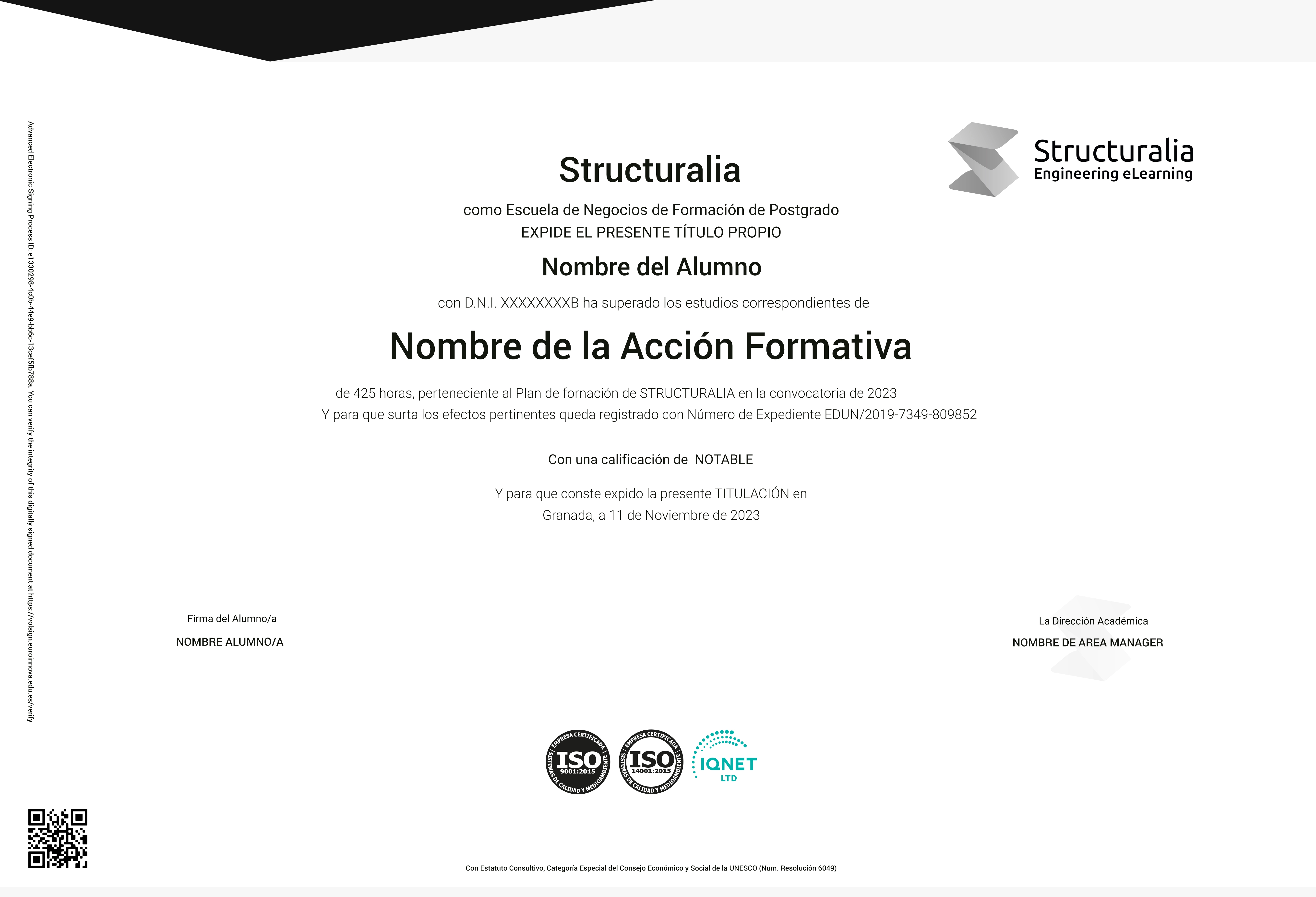Modalidad
Online
Duración - Créditos
120 horas
Becas y
Financiación
Plataforma Web
24 Horas
Centro Líder
formación online
Acompañamiento
Personalizado
Reconocidos por:

Acreditados como:
Temario
MODULE 1. HYDROGEN AS AN ENERGY VECTOR
MODULE 2. HYDROGEN CONTEXT
MODULE 3. HYDROGEN AND FUEL CELLS PRODUCTION
Plan de estudios








Titulación de certificate program in green hydrogen


Descubre todas nuestras becas personalizadas


¡Muchas gracias!
Hemos recibido correctamente tus datos. En breve nos pondremos en contacto contigo.





